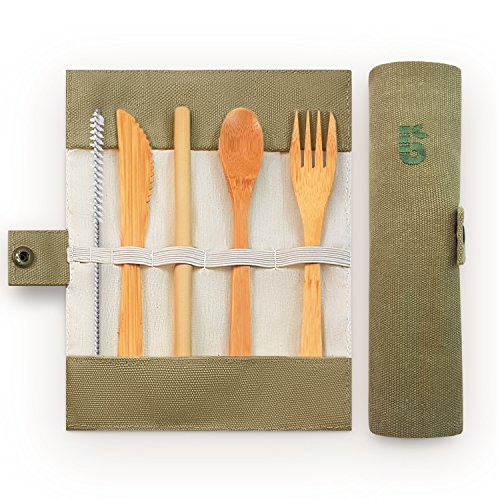What is your passion? Find a cause below and use the link to stand up for what you believe in, change will only happen if we push it.
Plastic Straws:
- Urge McDonalds to replace plastic straws -- https://www.change.org/p/mcdonald-s-replace-plastic-straws?source_location=topic_page
- Urge Dunkin Donuts to adopt a straw upon request policy -- https://www.change.org/p/dunkin-donuts-adopt-a-plastic-straw-upon-request-policy?source_location=topic_page
- Urge Starbucks to commit to phase out all plastic packaging--- https://www.change.org/p/starbucks-commit-to-phase-out-all-plastic-packaging?source_location=topic_page
Environment:
- Say NO to expansion of off shore drilling -- https://www.change.org/p/ryan-zinke-say-no-to-largest-expansion-of-off-shore-drilling-ever?source_location=topic_page
- Protect polar bears from oil drilling in the Artic Wildlife Refuge -- https://www.change.org/p/arctic-slope-regional-corporation-protect-polar-bears-no-oil-drilling-in-the-arctic-wildlife-refuge?source_location=topic_page
- Approve sale of only reef safe sunscreen in the Florida Keys -- https://www.change.org/p/florida-state-senate-approve-the-sale-of-only-reef-safe-sunscreens-in-the-florida-keys?pt=AVBldGl0aW9uABOz1QAAAAAAXC7DOs39COwzMWM2NTE1Yw%3D%3D&source_location=topic_page
Conservation:
- Stop trophy shark fishing in Florida -- https://www.change.org/p/fwc-crack-down-on-land-based-shark-fishing?source_location=topic_page
- Urge Coca-Cola to stop using plastic 6-pack rings -- https://www.change.org/p/coca-cola-stop-using-plastic-rings-to-package-soda-cans?source_location=topic_page
- Equal Laws to protect west coast endangered Orcas -- https://www.change.org/p/equal-laws-to-protect-west-coast-endangered-orcas
Pollution:
- Urge Blue Apron to use a "return and reuse" ice pack program -- https://www.change.org/p/blue-apron-s-ice-packs-go-to-landfills-tell-them-to-make-an-ice-pack-recycling-program?source_location=topic_page
- Urge tobacco companies to take responsibility for butt pollution -- https://www.change.org/p/sea-hugger-make-big-tobacco-responsible-for-their-cigarette-butt-pollution?source_location=topic_page
- Ban plastic bags in Florida -- https://www.change.org/p/ban-plastic-bags-in-florida?source_location=topic_page
Climate Change:
- Improve climate change efforts -- https://www.change.org/p/department-of-energy-improve-climate-change-efforts?source_location=topic_page
Oceans:
- Stop killing sharks for trinkets -- https://www.change.org/p/miami-surf-style-stop-killing-sharks-for-trinkets?source_location=topic_page
- Save North Atlantic Right Whales from Airgun blasting -- https://www.change.org/p/save-north-atlantic-right-whales-from-seismic-airgun-blasting?source_location=topic_page
- Stop Shark finning trade in Florida -- https://www.change.org/p/florida-state-house-stop-shark-finning-in-florida?pt=AVBldGl0aW9uACTuyAAAAAAAXC7H0DJSW6BkMjQ0NmYyNg%3D%3D&source_location=topic_page
- Urge Governor Rick Scott to join 22 other states to create an action plan for harmful algae bloom -- https://www.change.org/p/rick-scott-florida-s-gulf-coast-is-dying-millions-of-dead-fish-sea-turtles-manatees-and-dolphins-toxictide?source_location=topic_page
Captivity:
- Shut down SeaQuest Interactive Aquarium -- https://www.change.org/p/southwest-plaza-mall-close-seaquest-interactive-aquarium?source_location=topic_page
- End Dolphin captivity in Hawaii -- https://www.change.org/p/david-ige-end-dolphin-captivity-in-hawaii






 Buy this 5 pack of reusable produce bags for $32.83 on
Buy this 5 pack of reusable produce bags for $32.83 on  A SILICONE reusable sandwich bag for $11.99 on
A SILICONE reusable sandwich bag for $11.99 on  Reusable coffee cup with a silicone cover for $26.95 on
Reusable coffee cup with a silicone cover for $26.95 on  Set of 6, washable cloth napkins for $15.99 on
Set of 6, washable cloth napkins for $15.99 on  Bamboo cutlery set with straw for $12.99 on
Bamboo cutlery set with straw for $12.99 on 
























